Introduction to The Seven Deadly Sins
The Seven Deadly Sins have fascinated humanity for centuries. Whether you’re exploring their religious roots or diving into the world of The Seven Deadly Sins anime, the concept carries weight in both moral philosophy and pop culture. From medieval teachings to modern Netflix adaptations, these sins reflect human flaws, temptations, and the eternal struggle between virtue and vice.
In this article, we’ll cover what are the seven deadly sins, their history, symbolism, and the cultural phenomenon they sparked in anime and media.
What Are The Seven Deadly Sins?
When people ask, “What are the Seven Deadly Sins?” they’re usually referring to a classification of vices in Christian tradition. These sins aren’t listed directly in the Bible but were popularized by early Christian thinkers, notably by Pope Gregory I and later by Thomas Aquinas.
The seven deadly sins are:
-
Pride – Excessive belief in one’s own abilities, often seen as the root of all sin.
-
Greed – The insatiable desire for material wealth or gain.
-
Lust – Intense or uncontrolled desires, especially of a sexual nature.
-
Envy – Resentment toward others for their possessions, qualities, or achievements.
-
Gluttony – Overindulgence in food, drink, or other pleasures.
-
Wrath – Extreme anger leading to violence or harm.
-
Sloth – Laziness or failure to act and use one’s talents.
These sins represent moral pitfalls that can corrupt the soul. In traditional theology, they contrast with the Seven Heavenly Virtues (humility, charity, chastity, gratitude, temperance, patience, and diligence).
Historical Origin of The Seven Deadly Sins
The roots of The Seven Deadly Sins go back to the early church. In the 4th century, monk Evagrius Ponticus listed eight evil thoughts, which later evolved into the seven sins we know today.
By the 6th century, Pope Gregory I condensed the list into seven. This framework spread throughout medieval Europe, influencing sermons, literature, and art. Dante’s Divine Comedy famously portrays sinners facing punishment for each deadly sin in Purgatorio.
Artists like Hieronymus Bosch and writers like Geoffrey Chaucer wove the sins into their works, making them a cornerstone of Western moral teaching.
Symbolism of Each Deadly Sin
Each sin carries symbolic meaning:
-
Pride is symbolized by the lion and associated with the color violet.
-
Greed is often linked to frogs or toads and the color yellow.
-
Lust is represented by cows and the color blue.
-
Envy is symbolized by the dog and the color green.
-
Gluttony is represented by the pig.
-
Wrath is linked to bears or serpents and the color red.
-
Sloth is often symbolized by the goat.
These associations allowed artists and theologians to teach moral lessons visually.
The Seven Deadly Sins in Literature and Culture
From the Canterbury Tales to Shakespeare, the sins appear in literature as metaphors for human weakness. Modern films like Se7en (1995) and novels continue to use them as themes of temptation and justice.
The concept has also shaped psychology and philosophy, influencing debates about morality, discipline, and human nature.
The Seven Deadly Sins Anime
In recent years, the phrase gained massive popularity due to The Seven Deadly Sins anime (Nanatsu no Taizai), a Japanese manga written and illustrated by Nakaba Suzuki. First serialized in 2012 and later adapted into a Netflix anime series, it reimagines the sins as legendary knights with extraordinary powers.Overview of The Seven Deadly Sins Anime
-
Plot: Set in a fantastical kingdom, the anime follows Meliodas, the Dragon’s Sin of Wrath, and his companions. Once feared warriors, they unite to fight against corruption and evil forces threatening the realm.
-
Characters as Sins: Each member embodies one of the seven deadly sins but redefined as a strength rather than a weakness.
-
Meliodas – Wrath
-
Ban – Greed
-
Diane – Envy
-
King – Sloth
-
Gowther – Lust
-
Merlin – Gluttony
-
Escanor – Pride
-
Themes of Redemption
Unlike the religious interpretation where sins lead to downfall, the anime portrays its characters as flawed heroes seeking redemption. This creative twist is one reason why the series became globally popular.
Religious vs. Anime Interpretation
Comparing the traditional and anime interpretations highlights the versatility of the concept:
-
Traditional View: The sins represent moral dangers that separate humanity from God.
-
Anime View: The sins symbolize complex characters who embrace their flaws and fight for justice.
This duality explains why The Seven Deadly Sins appeals to both spiritual thinkers and anime fans alike.
Why The Seven Deadly Sins Still Matter Today
Even in modern society, the framework of The Seven Deadly Sins is relevant. Whether seen as warnings against excess or as archetypes in storytelling, they remain a mirror to human behavior.
For believers, they emphasize the importance of resisting temptation. For pop culture enthusiasts, they provide compelling character archetypes and moral conflicts.
Frequently Asked Questions About The Seven Deadly Sins
Are the Seven Deadly Sins in the Bible?
Not directly. While the Bible warns against sinful behaviors, the specific list of seven comes from later church tradition.
Is The Seven Deadly Sins anime connected to religion?
Not directly. The anime borrows names and themes but creates an original fantasy world.
What is the worst deadly sin?
Traditionally, Pride is considered the root of all sin because it leads to arrogance and separation from God.
Conclusion
The Seven Deadly Sins continue to shape human thought and imagination. From their theological roots in early Christianity to their reinvention in The Seven Deadly Sins anime, they stand as symbols of our struggles with morality, desire, and redemption.
Whether you’re asking what are the seven deadly sins in a religious sense or exploring them in anime, their enduring power lies in how they reflect both our weaknesses and our potential for growth.

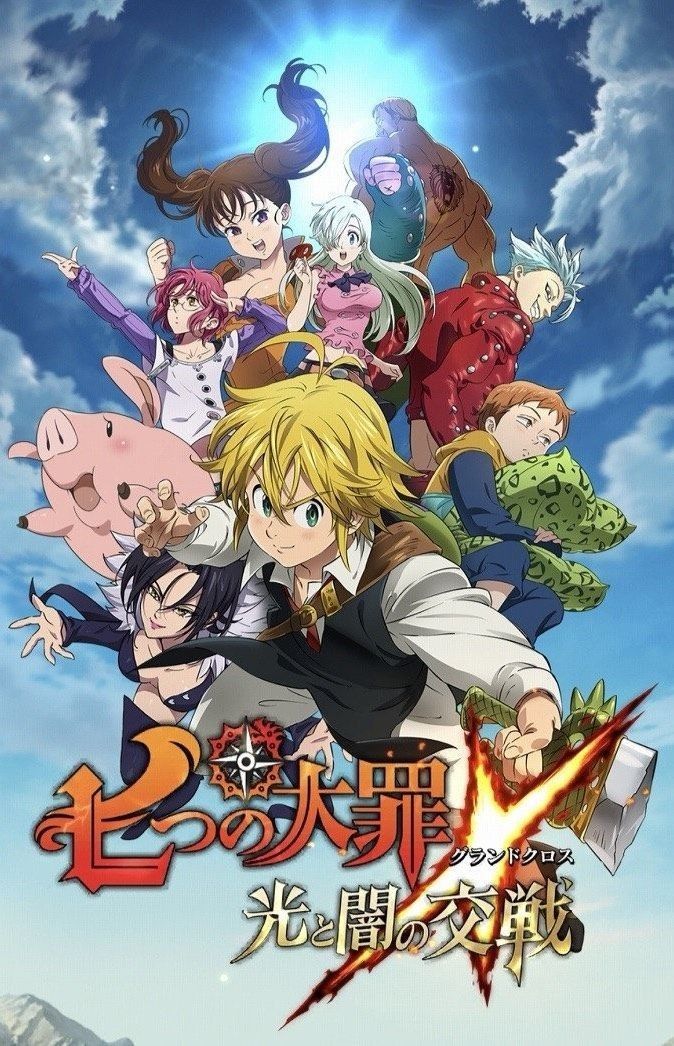

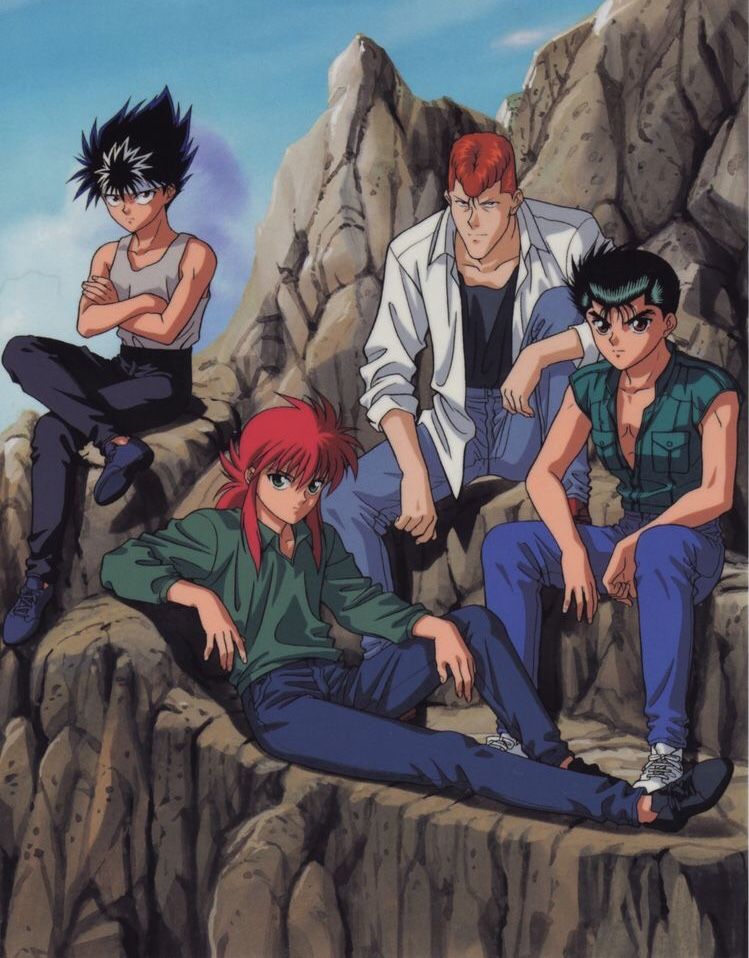
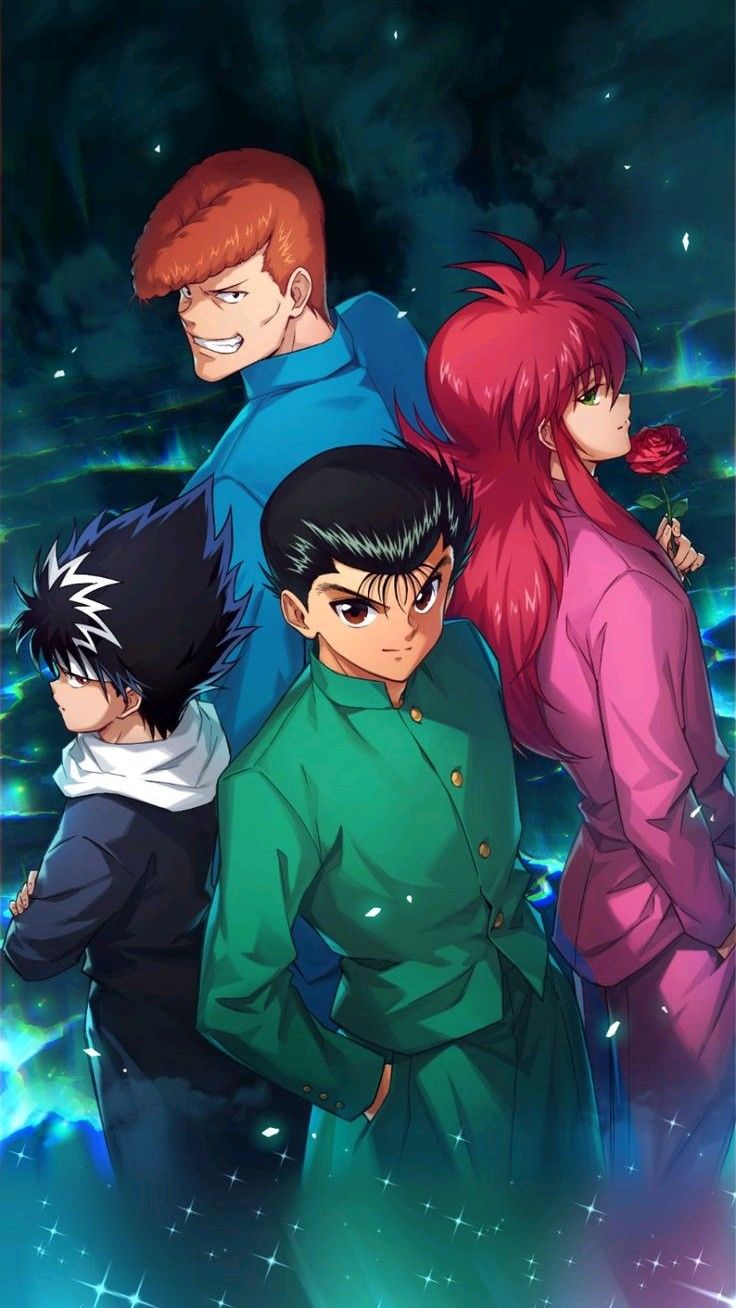
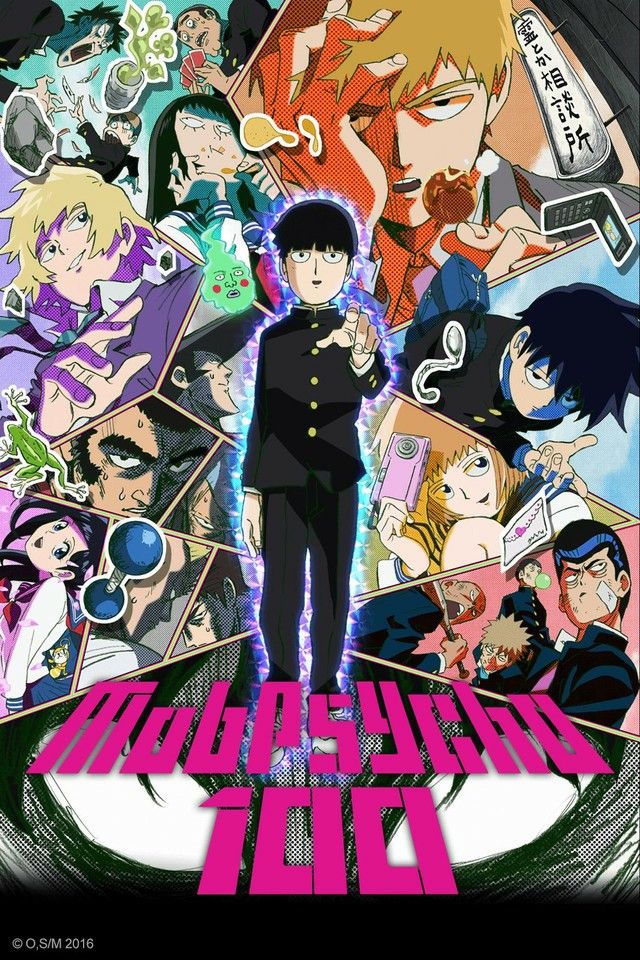
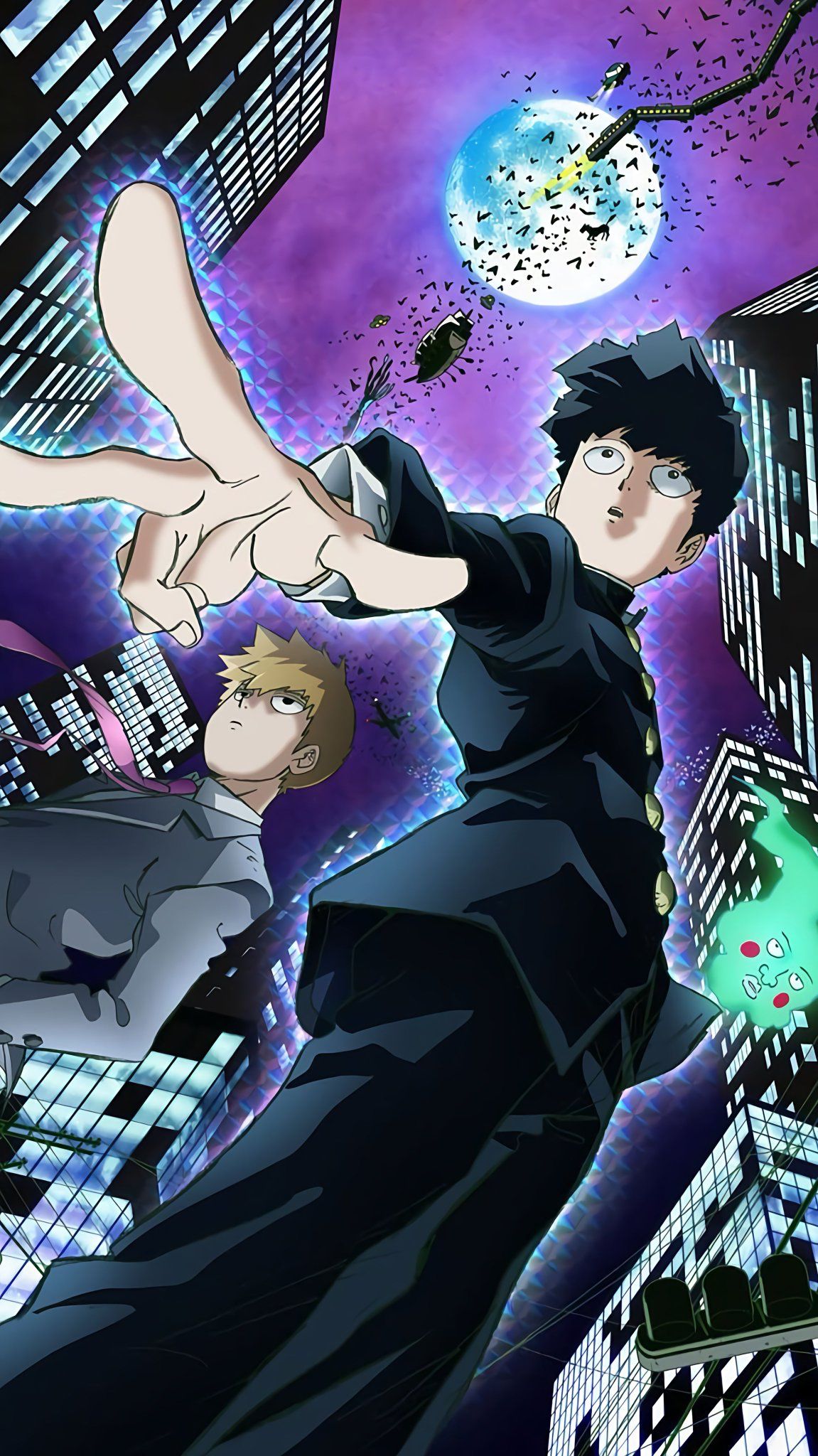
Leave a Reply